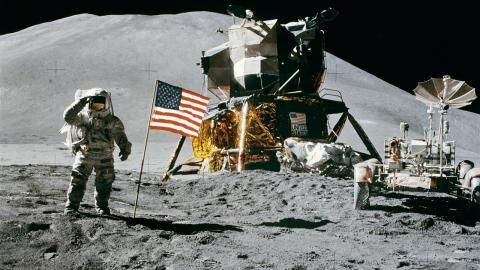Global warming is a major problem that affects us all. Scientists at Harvard University have developed a system to prevent the sun's rays from warming the planet. The method, which was funded by Bill Gates, is controversial and could be dangerous.
Discover our latest podcast
Dust in the stratosphere
The idea may sound crazy, but Harvard scientists intend to spread tons of dust into the stratosphere. To do this, tons of dust will be hoisted into the stratosphere with high-altitude balloons. Once the particles of dust are spread, they will reflect some of the sun's rays, reducing the planet's temperature.
The first trials are pending
A first test called "Stratospheric Controlled Disturbance Experiment" (SCoPEx), which cost million, consists of taking two kilograms of calcium carbon dust into the atmosphere above the desert of New Mexico. But the test still hasn't taken place due to concerns about the potential side effects and chain reactions that this could produce.
Its impact on climate
Although it could create a perfect environment and protect us from global warming, it would only work in a specific place. According to scientists, spreading dust in the stratosphere could damage the ozone layer, protecting us from ultraviolet radiation, causing cancer and modifying human DNA. If that's not enough, climatologists warn of the impact it could have on ocean currents and weather. A perfect environment would create chaos elsewhere on Earth.
One SCoPEX scientist says that with an even distribution of dust on the planet, natural disaster risks should be low. Do we want to take the risk? That's a question worth asking.















